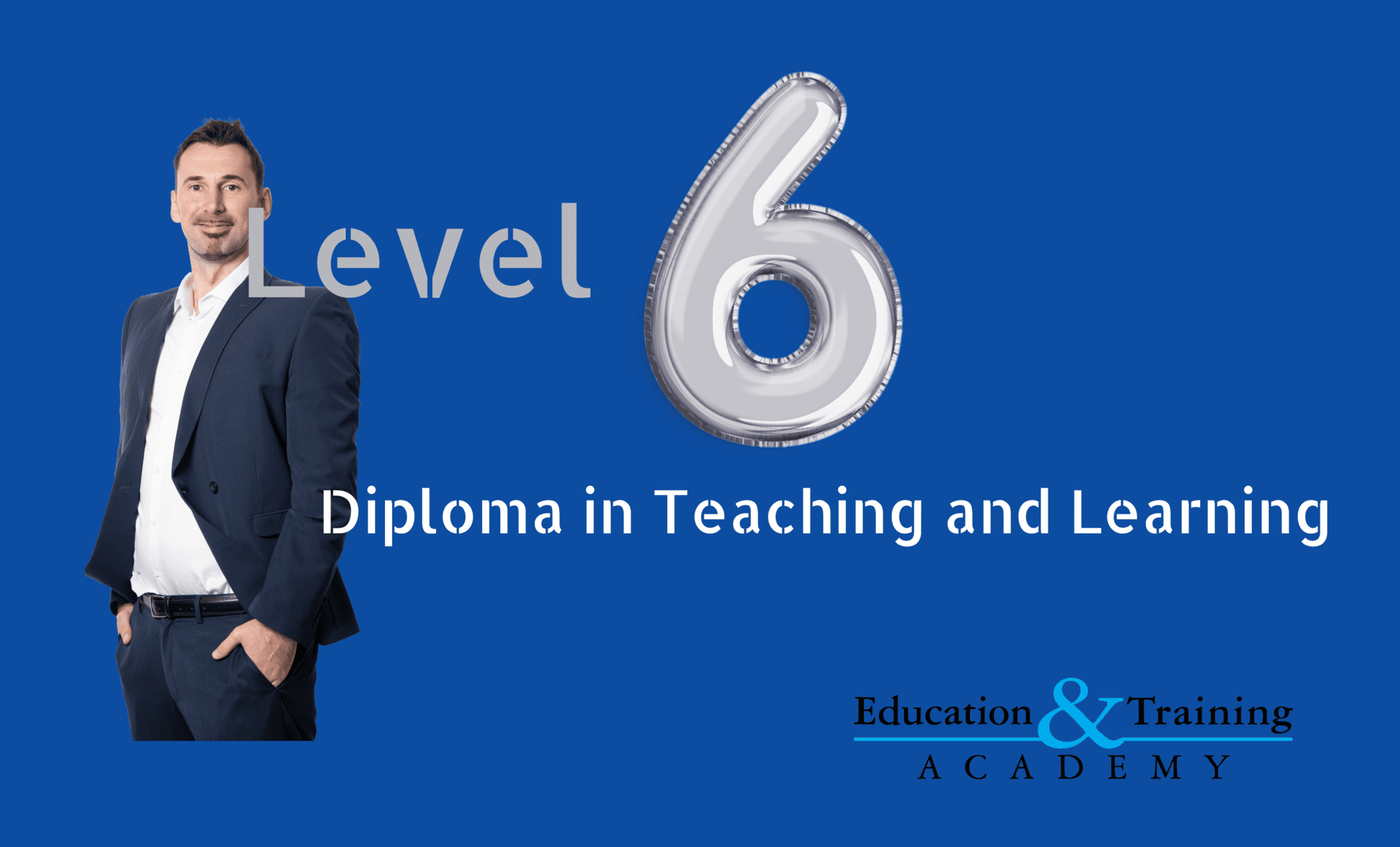
Understanding Reflective Practice: A Guide for Educators
Reflective practice is a systematic process where individuals critically analyse their experiences, actions, and decisions to gain insights, learn, and improve for the future. This blog delves into the meaning of reflective practice, its key components, and evaluates three prominent theories to guide educators on their journey towards continuous improvement.
Understanding Reflective Practice
Reflective practice involves introspection and self-analysis, allowing individuals to examine their thoughts, emotions, and behaviours objectively. It fosters self-awareness, continuous learning, and the development of effective strategies to address challenges and achieve goals. For educators pursuing the Level 6 Diploma in Teaching and Learning and the Level 5 Diploma in Teaching (FE and Skills) (DiT), reflective practice is integral to professional development.
Key Components of Reflective Practice
- Self-Reflection: Engaging in introspection and self-analysis to understand one's thoughts, feelings, and actions in specific situations.
- Critical Analysis: Going beyond description to critically evaluate experiences and actions, identifying areas for improvement.
- Application of Knowledge: Applying insights gained from reflection to future situations to enhance decision-making and problem-solving.
- Goal Setting: Setting specific goals for improvement based on observations and insights from reflection.
- Professional Development: Utilising reflective practice to refine skills, adapt to changing circumstances, and provide effective services to learners.
Evaluating Reflective Practice Theories
1. Kolb's Experiential Learning Cycle
Strengths: Emphasises the connection between experiences and conceptual understanding, providing a structured process for integrating reflection and action. Limitations: May oversimplify real-world learning processes and overlook emotional aspects of reflection.
2. Schön's Reflective Practitioner Theory
Strengths: Recognises the dynamic nature of reflection during practice and integrates practical experience with theoretical knowledge. Limitations: Lacks a clear structure for systematic reflection, and the distinction between reflection-in-action and reflection-on-action can be blurry.
3. Gibbs' Reflective Cycle
Strengths: Offers a systematic approach with clear steps for reflection, encourages consideration of emotions alongside rational analysis, suitable for various contexts. Limitations: Linear nature may not capture the iterative aspects of reflection, and may prioritise rational analysis over other valuable aspects.
Additional Theory: Mezirow's Transformative Learning Theory
Strengths: Emphasises profound cognitive shifts through reflection, addresses transformational potential, highlights the role of emotions in learning. Limitations: Requires high self-awareness and critical thinking skills, may lack a concrete framework for practical implementation.
In conclusion, each theory offers valuable insights into reflective practice, empowering educators to adapt personalised approaches to suit their needs. By considering the strengths and limitations of each theory, educators can implement reflective practice effectively, fostering continuous growth and improvement in educational settings aligned with the Level 6 Diploma in Teaching and Learning and the Level 5 Diploma in Teaching (FE and Skills) (DiT).

